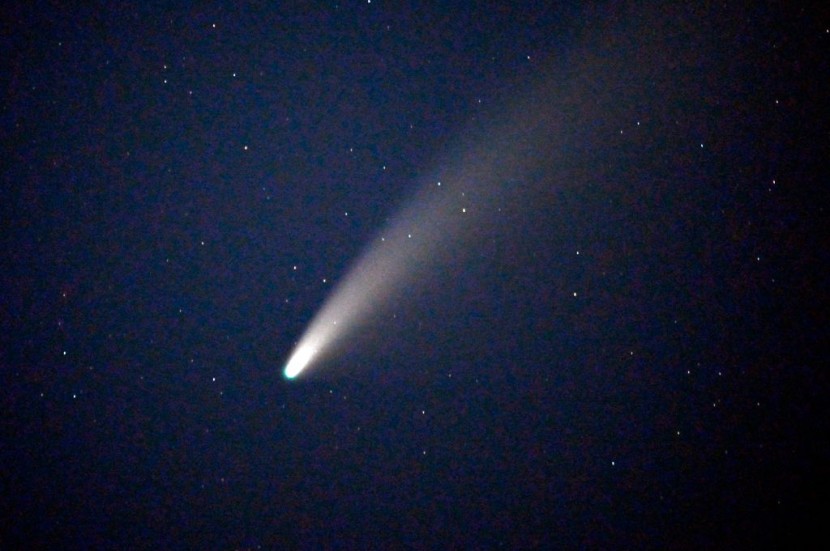The biggest known comet has been found by astronomers, and it is approximately a thousand times more massive than previous comets.

Comet Bernardinelli-Bernstein
In a recently published article in Tweak Town, the comet Bernardinelli-Bernstein, or C/2014 UN271, was discovered by a team of astronomers from the University of Pennsylvania in June, and according to the announcement, it will make its closest approach to the sun in 2031.
The comet's diameter is estimated to be between 62 and 124 miles, and it is now 1.8 billion miles distant, or about the same distance between Uranus and the sun. The massive comet, also known as C/2014 UN271, hails from the furthest reaches of our solar system and has been circling our sun for millions of years. This is also the furthest comet to be found on its inbound trip, giving astronomers the opportunity to watch and study it for many years.
The Dark Energy Camera on the Victor M. Blanco 4-meter Telescope at the Cerro Tololo Inter-American Observatory in Chile discovered comet Bernardinelli-Bernstein after collecting data for six years. The Dark Energy Survey, a cooperation of over 400 scientists from seven nations and 25 institutions, uses the data gathered by this camera, according to CNN News.
Read Also : Rosetta Comet Mission: Comet 67P Is Shedding a Four-Year-Old Dust Coat, Exposing New Materials, ESA Says
How the Comet Was Identified?
The DECam camera is helping to map 300 million galaxies across the night sky, but it also catches views of comets and trans-Neptuinan objects, or cold celestial things that live beyond Neptune's orbit, on the fringes of the solar system.
Bernardinelli and Bernstein identified trans-Neptunian objects using methods developed at the University of Illinois at Urbana-National Champaign's Center for Supercomputing Applications. The scientists were able to link 32 detections to a single object throughout their research.
Comets are frozen remnants of the solar system that were ejected out when the big planets formed and migrated to their present configurations. Comets' ices melt when they approach our sun throughout their orbits, giving them their distinctive look.
Origin of the Comet
In a recently published article in California News Times, the comet originated from the Oort Cloud, an isolated collection of ice objects that are farther away from our solar system than anything else. Scientists think this is where comets originate, although no object has ever been seen inside the Oort Cloud.
Additionally, between 2,000 and 100,000 astronomical units from the sun are where the Oort Cloud may be found. The Oort Cloud will eventually be reached by NASA spacecraft such as Voyager 1 and 2 as well as New Horizons. However, by the time they do, their power sources will have been extinguished for millennia.
Comet Bernardinelli-Bernstein is presently approximately 1.8 billion miles (3 billion kilometers) away from the sun, roughly the same distance as Uranus from the sun, and will be only a little closer to the sun in 2031. The voyage of the comet began around 3.7 trillion miles or 6 trillion kilometers from the sun, or 40,000 astronomical units. One astronomical unit separates the Earth from the sun. Pluto is 39 astronomical units from the sun as a point of reference.









